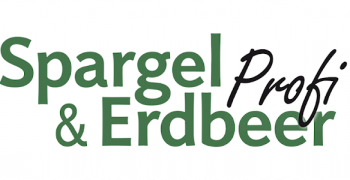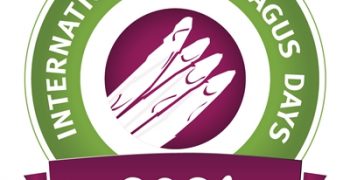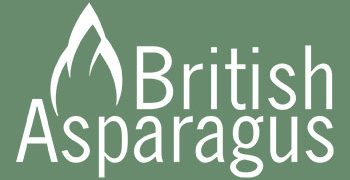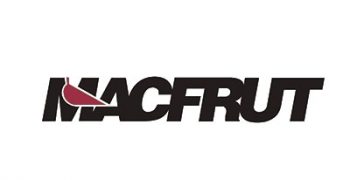”Spore traps to the rescue”

Over the last decade, consumer awareness of the agricultural use of pesticides around the world has greatly increased. This new reality has intensified the need for solutions to reduce our reliance to chemical pesticides. What if we could monitor and anticipate the arrival of pests and diseases before any sign of them in the field? Could we choose the best treatment and the most appropriate moment for spraying, considering in which conditions it will evolve? All this is essential to optimize fungicides applications, avoiding unnecessary treatments and, perhaps, moving forward toward a more sustainable production system. The spore trap is a device that anticipates fungal risks before visible signs of disease appear on plants in a given region. In fact, like pollen, a spore is a reproductive cell invisible to the naked eye which, carried by the wind, is deposited on the plant of the crop of interest. Its development gives place to the growth of fungal diseases such as rust (Puccinia asparagi), and purple spot (Stemphylium vesicarium) in asparagus. Currently, management strategies for these diseases are based essentially on visual observations in the field, guessing the best timing of fungicide applications. However, we already have all in hands to set up this method of integrated pest management in our own fields.

Purple spot and asparagus rust are well suited for spore sampling monitoring, because of their dispersion mode, spores coming from the crop residues at the surface of the soil. In this way, spore sampling, using the device installed near the ground, is at the forefront of capturing any spores that may emerge from the residues. There’re many different types of spore sampling devices available and suited for different usage, each with their strengths and their weaknesses. In Québec, Canada, we decided to use Rotorod-type spore traps because of its relative universality. Sampling is conducted 3 days a week, with each sampling period being from 8:00 am to 2:00 pm. The device is working by solar energy and connected to a timer and a small motor, which makes turning an underlying bar at 2,400 rpm. Speed brings down two sticks from the bar by centrifugal force. Carried by the wind, the spore then adheres to the sticks integrated into the sensor in the field. After every sampling period, a spore count is performed for both diseases collected with the device. With the help of the team of Hervé Van Der Heyden, phytopathologist at Phytodata Inc. here in Sherrington, Québec, the count is made with a microscope. Knowing that each fungus has is own DNA profile, we can hope that in a near future we will be able to speed up the count by using the PCR method like it’s already used for other diseases in other crops like onions and potatoes. That way, once the sampling done, we can get a picture of what’s going on in the field within 24 hours. From there, with the help of the closest weather station, we can target the optimal time to apply an appropriate disease-control product and more importantly, only if needed.
The first trials conducted in 2019 is very encouraging toward a better integrated management of purple spot and asparagus rust. A spore-sampling network at a regional scale between a group of asparagus growers would enhance the usefulness of the system, providing a clear picture of the evolution of these diseases during the season and over the years. Combined with other decision-support systems like field scouting and weather-based forecasters similar to TOM-CAST used in North America, growers and crop advisors will be equipped for accurate decision making. At the key, a more precise positioning of the fungicide applications, leading to fewer sprayings, economy of scale, a more sustainable way of producing asparagus and improved social acceptability. During the next few years, we will work to optimize the use of the spore traps by evaluating what is the best height to capture spores depending on the period of the growing season because the location of the trap influences the number of spores captured and the threshold of intervention. We will also be working on understanding better the pattern of spore release which is essential to determining when and how long to sample to avoid underestimating the number of spores; how can we use this to detect Fusarium spp. and other diseases that can affect the asparagus and developing a network in the major growing zones in Quebec. Lots of possibilities and interesting perspectives to come!
Testimony
The grower’s experience 
Mario Rondeau, Asperges Primera, Green asparagus grower in St-Thomas, Québec, Canada
“The spore trap is a very interesting tool in reducing pesticides and improving the efficiency of phytosanitary treatment. It is still in development but very promising. We only have 1 year of experience with the sensor and the amount of information collected is important. With correlations with temperature, humidity, rains, etc., we will be able to predict the application period fairly well. We can also more clearly choose which mode of action of the fungicide suit best to the stage of development of the fungi as well. The use of the sensors will continue in 2020 with a lot of optimists!’’
























